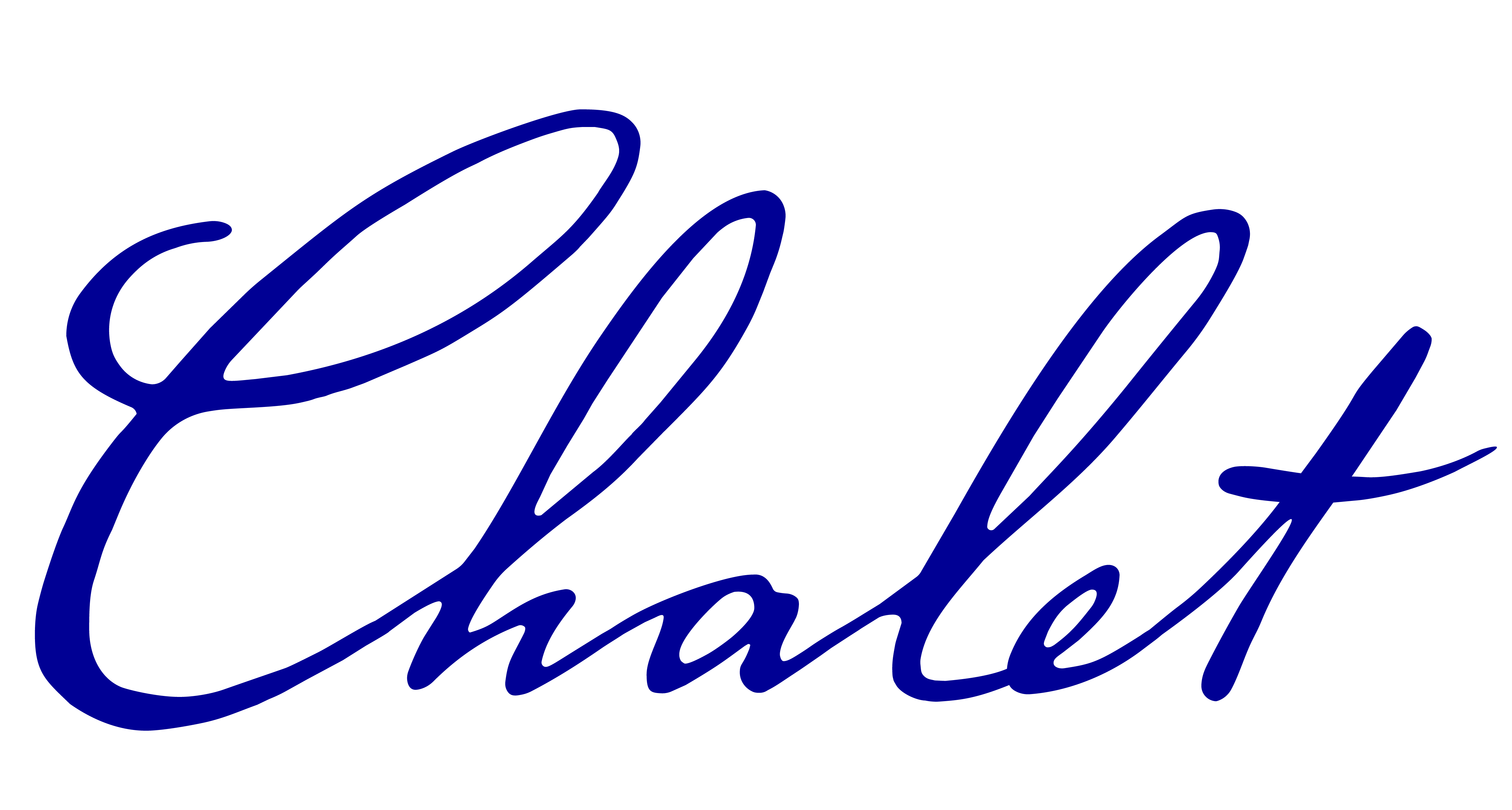
Vegetables... Not Too Bright
For those interested in growing their own veggies and herbs, precious little is posted about what tolerates “shade”. Even with Emerald ash borer decimating North Shore tree populations, most of us still have plenty of shade to go around.
Shade can be a blessing or a curse, depending on the gardener you’re speaking to. Doesn’t partial shade imply the remainder of the day is partial sun? Is 6 hours of morning sun, then PM shade, a half day of sun or partial shade? Is all morning shade, then afternoon sun, full sun? Kind of makes your head spin, doesn’t it? Shade is so fluid it’s almost impossible to arrive at a mutually agreeable definition. Still I feel compelled to throw some parameters out to have a common understanding.
Sun: If the crop you want to grow has a conspicuous flower that produces a large “fruit,” those veggies need 6 or more hours of sun per day or else you’re going to be disappointed at harvest.
- Some examples: tomatoes, peppers, beans, squash.

Partial Shade: When your garden gets down to 3-4 hours of direct sun, root crops are a tolerant lot.
- Beets, carrots, turnips, kohlrabi, parsnips, rutabagas, even potatoes will be okay. You’ll probably notice they’ll take longer to mature and the harvestable part may be smaller in lower light. Remember, beet and turnip greens are still worthwhile even if the below-ground parts are small(er).
- Broccoli and cauliflower may actually enjoy some shade as temps rise. You should expect tighter heads and they’ll be slower to bolt (rushing prematurely to flower and seed) if protected from the heat of summer sun. In addition to not bolting as quickly, radishes will be less “woody” if grown in some shade as it gets hotter.
- Onions, scallions and leeks like cooler, more moist sites.
- Herbs - Mint, chervil, coriander, cilantro and parsley - actually prefer partial shade, to a point.
- Parsley, chives and basil will be acceptable in these conditions during the hottest part of summer.

Dappled Shade: When your garden gets two hours or less of sun and that’s the only space you’ve got for edibles, it’s hard to go wrong with “leafy” veggies. You will probably see leaves get larger than normal as the plants try to expand their leaf surfaces to capture the minimally available light. While leaves may be larger, expect them to be thinner with little direct sun.
- Spinach, leaf lettuce, small-headed cabbages, collard and mustard greens, Swiss chard, kale (shown below) and endive would be good shade candidates.

Full Shade: For those dying to grown-their-own, but whose gardens are full shade, your best hope of anything harvestable is the above mentioned leafy greens. Word of caution, don’t be tempted to try and fertilize to compensate for lack of light. Forcing (especially with high nitrogen, the “10” in a 10-15-12 fertilizer analysis shown on the packaging) fertilizer on plants in low light will only result in thinner, weaker plants.
- For grow-your-own veggie lovers with no garden light I would suggest researching the summer schedule of local Farmers’ Markets. Sometimes we just need to be realistic.
And to be horticulturally correct, I hope all vegetables understand the above title was never meant to offend, only to illuminate.
Share
